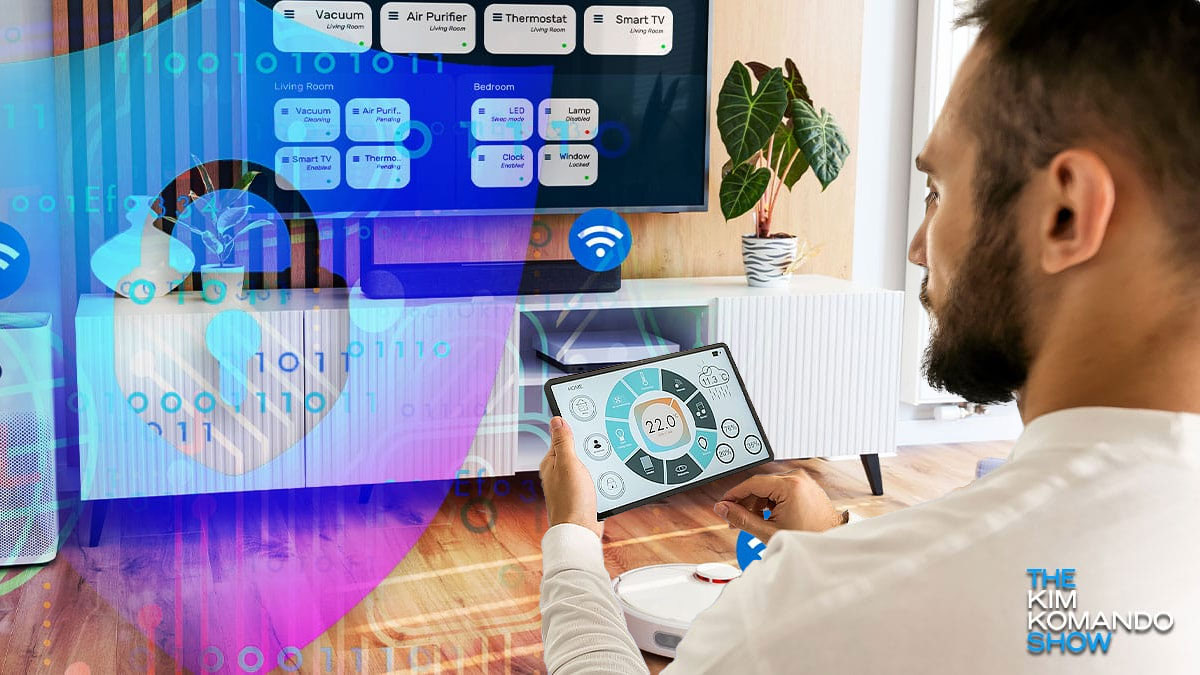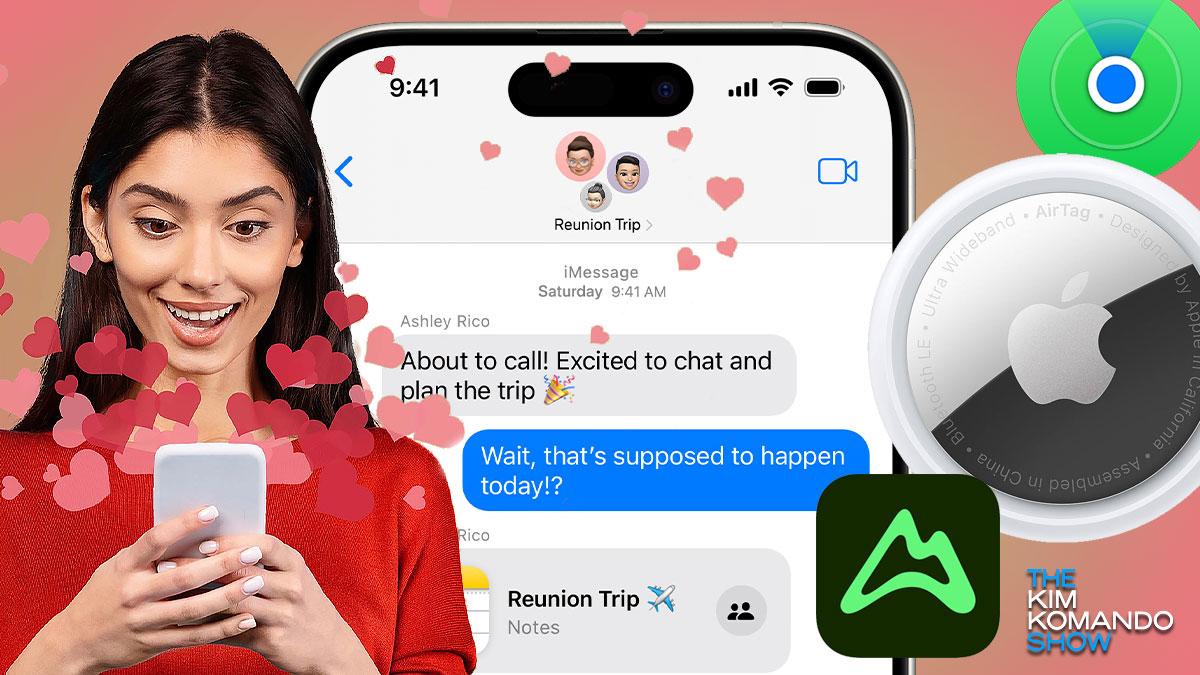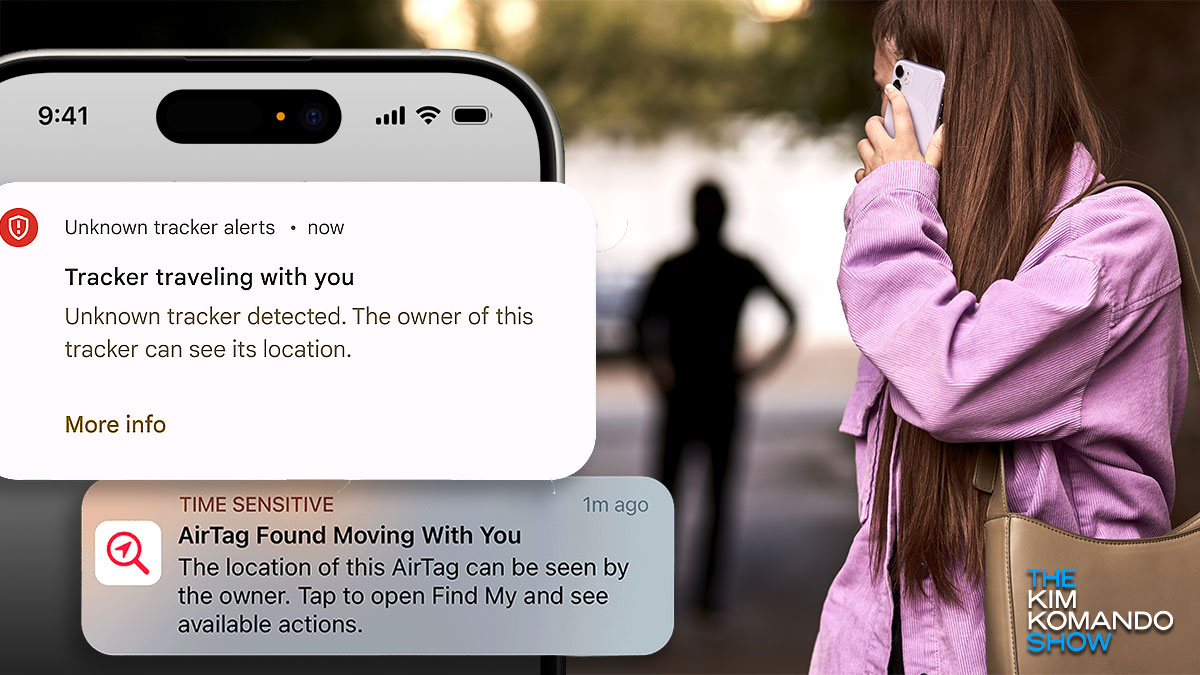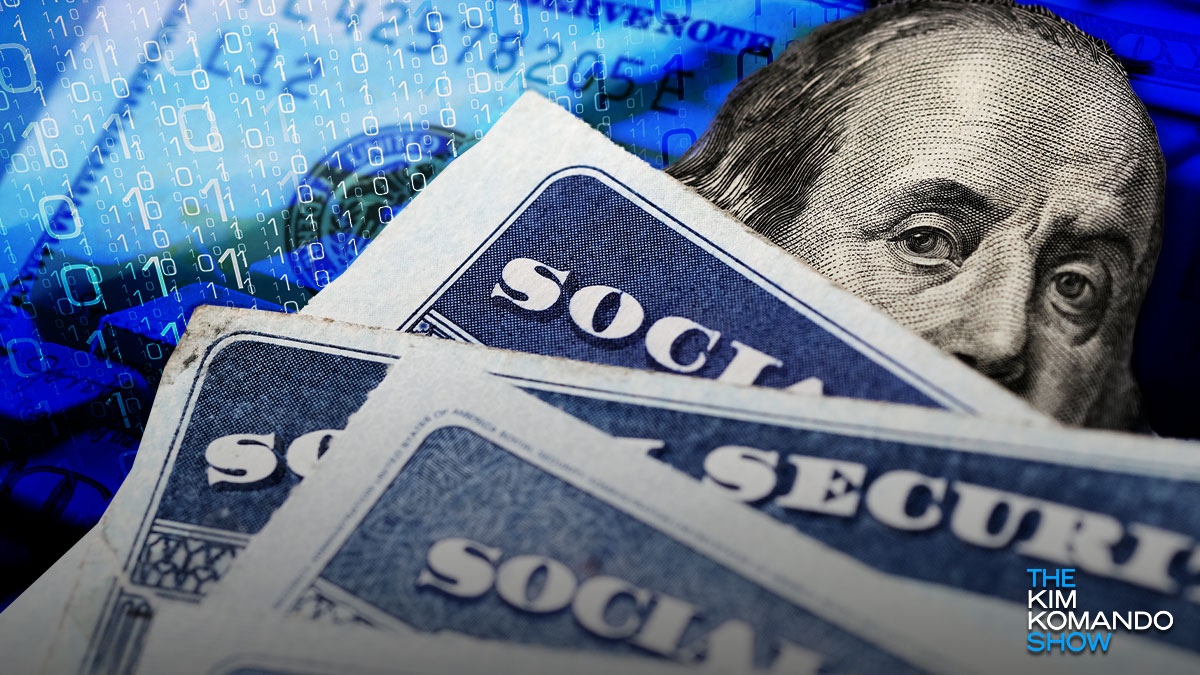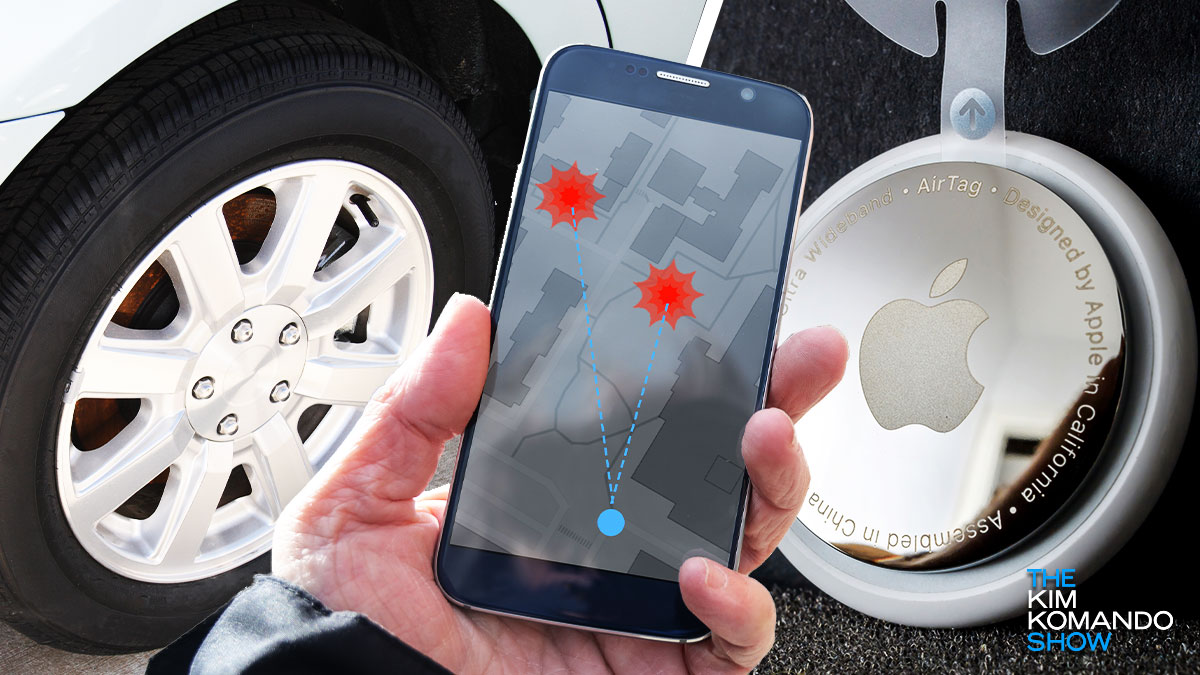You and a friend split some apps and cocktails. Cash? Nah, payment apps make it way easier. Type in the amount, hit send and boom, you’re set.
But every time you send money, there’s a risk it could end up in the wrong place. That’s why I’m here to help you get it to the right place. Let’s dive in.
💸 Use a money order
For my Gen Zers, you can find these at your bank, credit union, USPS and some grocery stores. There’s a $1,000 limit and a small fee of a few bucks. But it’s more secure than sending cash or a check that can get lost or stolen.
USPS only takes cash, debit cards and traveler’s checks. Fill out the form, pay the amount (plus the fee), and track it on the USPS app. It usually takes a few business days to arrive. The person you sent it to will need to pick it up in person.
🛑 Caution: Money orders aren’t easy to reverse once they’re cashed. That’s why scammers love them. Never send it to someone you don’t trust.
📱 There’s an app for that
Payment apps like Venmo, Apple Pay, CashApp and Zelle are great because they’re quick and easy. Here’s the deal: If you send money to the wrong place, you’re not getting it back.
Always verify the recipient’s username, email or phone number. A single wrong digit can send your money into the void. For pals and people you send to often, don’t type in their info each time. Your app of choice saves previous recipients.
Need to send a lot of money? Start with a small test transfer to confirm it goes to the right place.
🛑 Use Venmo? You might not know that every time you send or receive money, it’s public by default.
Anyone (including shady folks) can see how much you sent your roommate for rent. Make your Venmo feed private so you don’t become a target.
Continue reading →


